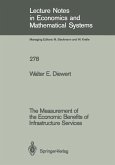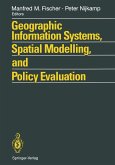Spatial fixity is one of the characteristics that distinguishes housing from most other goods and services in the economy. In general, housing cannot be moved from one part of the country to another in response to shortages or excesses in particular areas. The modelling of housing markets and the interlinkages between markets at different spatial levels - international, national, regional and urban - are the main themes of this book. A second major theme is disaggregation, not only in terms of space, but also between households. The book argues that aggregate time-series models of housing markets of the type widely used in Britain and also in other countries in the past have become less relevant in a world of increasing income dispersion. Typically, aggregate relationships will break down, except under special conditions. We can no longer assume that traditional location or tenure patterns, for example, will continue in the future. The book has four main components. First, it discusses trends in housing markets both internationally and within nations. Second, the book develops theoretical housing models at each spatial scale, starting with national models, moving down to the regional level and, then, to urban models. Third, the book provides empirical estimates of the models and, finally, the models are used for policy analysis. Analysis ranges over a wide variety of topics, including explanations for differing international house price trends, the causes of housing cycles, the role of credit markets, regional housing market interactions and the role of housing in urban/suburban population drift.
Dieser Download kann aus rechtlichen Gründen nur mit Rechnungsadresse in A, B, BG, CY, CZ, D, DK, EW, E, FIN, F, GR, HR, H, IRL, I, LT, L, LR, M, NL, PL, P, R, S, SLO, SK ausgeliefert werden.









